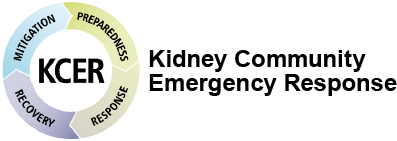
A hazard is an act or phenomenon that has the potential to produce harm or other undesirable consequences to a person or thing.
Hazards exist with or without the presence of people and land development. Earthquakes, hurricanes, tornadoes, and other geological and meteorological events have been occurring for a very long time, and the natural environment adapted to their impacts.
Use the drop downs below for resources on how to best prepare, respond, and recover from natural, human and technological hazards.
Natural events are uncontrollable incidents which may cause health and safety risks to individuals, communities, or regions. Natural events can include geophysical and meteorological events as well as some diseases and famines. Natural events may happen without notice, like an earthquake, or may be watched or tracked ahead of impact, like a hurricane. It is important to be aware of the natural events which may occur in your region.
A technological event is a hazard originating from technological or industrial conditions, including accidents, dangerous procedures, infrastructure failures, or specific human activities, that may cause loss of life, injury, illness, or other health impacts, property damage, loss of livelihoods and services, social and economic disruption, or environmental damage. Technological hazards include hazardous materials incidents and nuclear power plant failures. Usually, little or no warning precedes incidents involving technological hazards.
|
|
Looking to learn more about hazards and mitigating hazards?Take this Hazard Mitigation introductory course: IS-393.A: Introduction to Hazard Mitigation |


